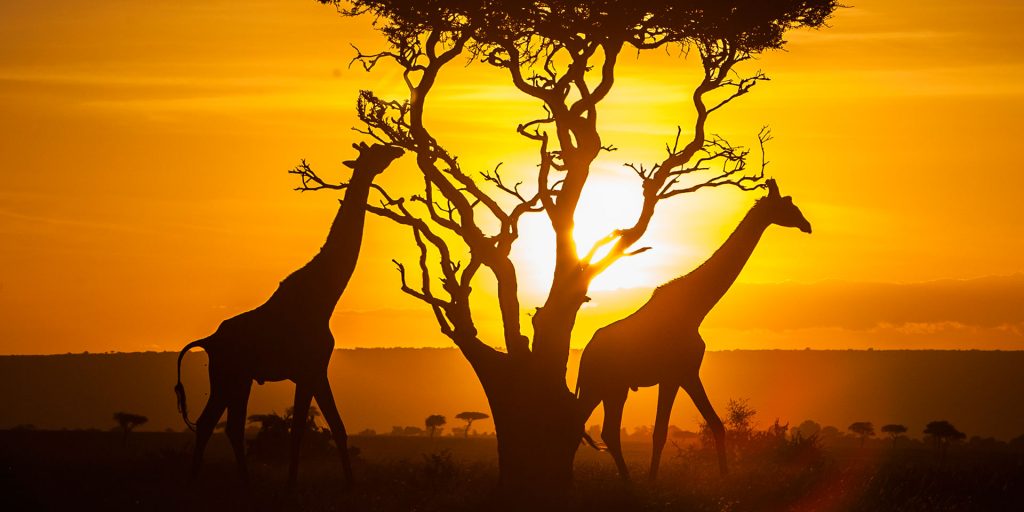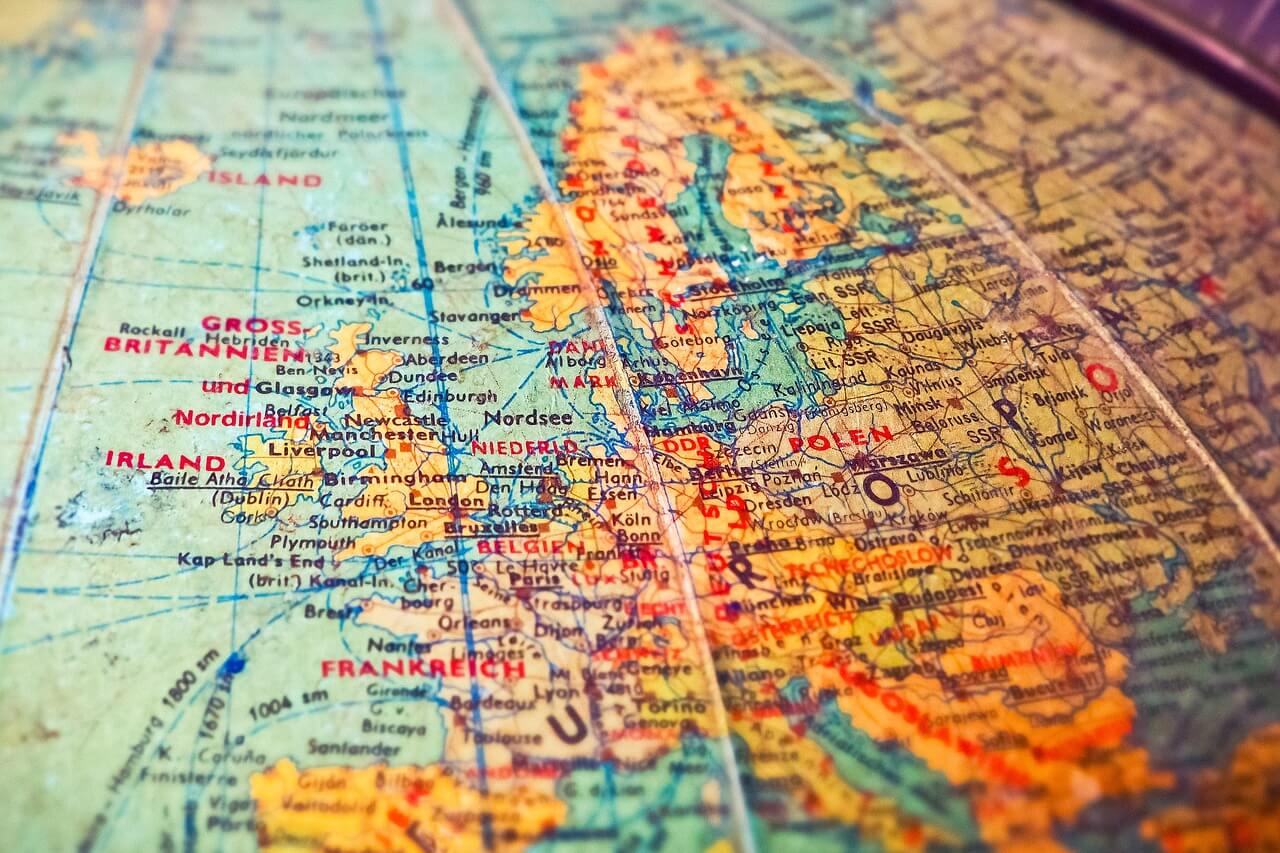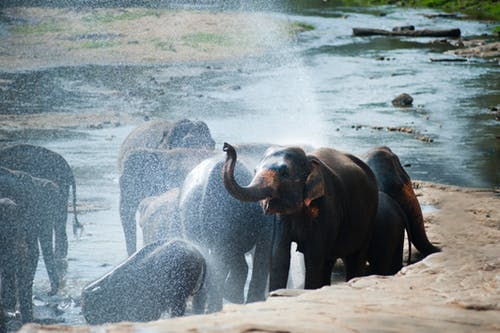One thing to know about Kenya is that it is named after Mount Kenya, a major landmark and the second highest mountain peak in Africa.
Location and topography
Kenya lies along the equator on the eastern coast of Africa. Kenya is that its a medium-sized country by any standards, covering an area of about 586,600km sq. Inland water bodies cover some 10,700km sq, the bulk of this in Lakes Victoria and Turkana.
The other fact about Kenya is that it has a tremendous topographical diversity, including Mt Kenya snow-capped peaks, The Great Rift Valley; a valley that divides Kenya down the length of the entire country.
It contains all but uninhabitable desert, flat arid plains, steep cliffs, and slopes, and in some areas, very fertile farmland, and Lake Bogoria which contains the highest concentration of true geysers in Africa; Lake Bogoria has no fish but is rich in blue-green algae; as a result it attracts massive amounts of flamingos; plus many more attraction beyond your imaginations.
And the weather in Kenya is always warm and humid in some parts, but in most of the country, the weather is cool and humid throughout the year, always ideal for outdoor activities.
Quick Facts About Kenya
Official Name: Republic of Kenya
Capital City: Nairobi
Official Languages: Swahili and English
Official Currency: Kenya Shilling
Religions: Protestant, Catholic, Muslims, and Traditional beliefs
President: Mwai Kibaki (2002-2007) (2007-current)
Location: Kenya lies across the equator on the East Coast of Africa. It borders Somalia, Ethiopia, and Sudan to the North, Uganda to the west, and Tanzania to the South and the Indian Ocean to the East. Covers an area of 225, 000 sq. miles (582, 646 sq. km).
Government Structure:
The Executive-The Legislature- The Judiciary
Administrative Divisions: Eight Provinces including the Nairobi area. Provinces are Central, Coast, Eastern, North, Rift Valley, Western and North Eastern. These provinces are divided into administrative areas known as districts
Land area: 219,788 sq mi (569,251 sq km); total area: 224,961 sq mi (582,650 sq km)
People: Nationality – Noun and adjective–Kenyan(s).
Population (August 2010 est.): 39 million.Major ethnic groups: Kikuyu 6.6 million, Luhya 5.3 million, Luo 4 million, Kalenjin 5 million, Kamba 3.9 million, Kisii 2.2 million, Mijikenda 1.9 million.
Religions: Christian 82.6%, Muslim 11.2%, traditional African religions 5%, Hindu/Sikh/Baha’i/Jewish 1%. Languages: English (official), Swahili (national), over 40 other languages from the Bantu, Nilotic, and Cushitic linguistic groups.
Education: First 8 years of primary school are provided tuition-free by the government. Adult literacy rate–74%.
Health: Infant mortality rate–57.4/1,000. Life expectancy–55.3 yrs (2007 est.).
*source- Kenya National Bureau of Statistics: www.knbs.or.ke
A brief history of Kenya
The history of Kenya dates back million years ago. The Rift Valley, which runs through the center of Kenya, has long been regarded as the cradle of Mankind. Early archeological discoveries at Lake Turkana in Kenya of ancient hominoid, or human-like skulls dating back 2 1/2 million years.



